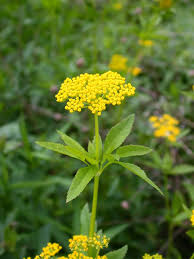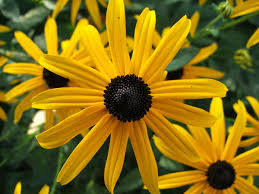
*Rudbeckia
fulgida. Black
eyed susan. Drought tolerant and
semi-evergreen, this August to October bloomer will give you many
flowers to
cut. 3’ tall, full sun. Divide the clumps in spring.
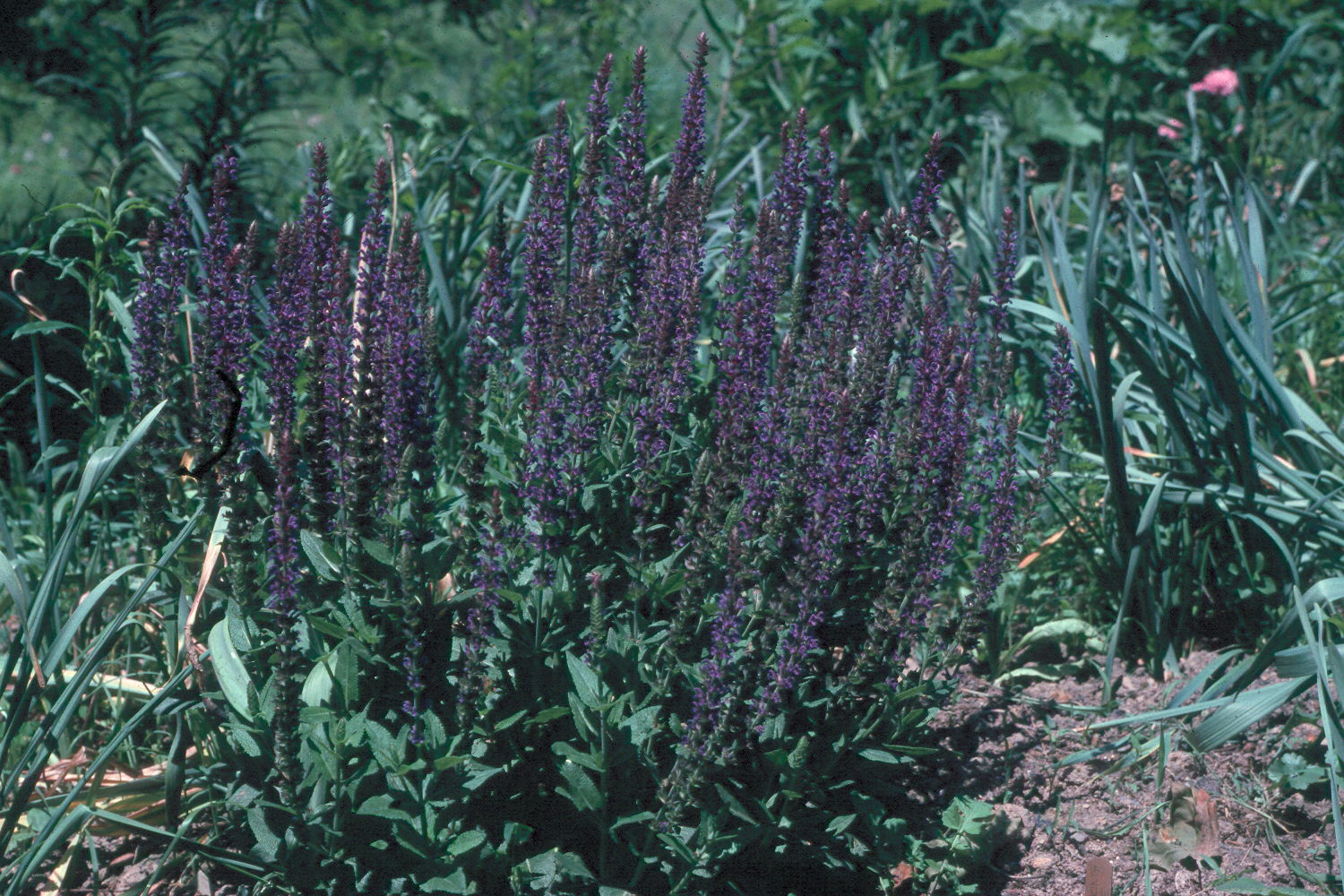
Salvia
nemorosa ‘East Friesland’.
East Friesland wood sage. From
June to September the 18: flower spikes of deep blue violet keep coming
.Full
sun, dry soils,one of the longest blooming of perennials. Divide the
clumps.
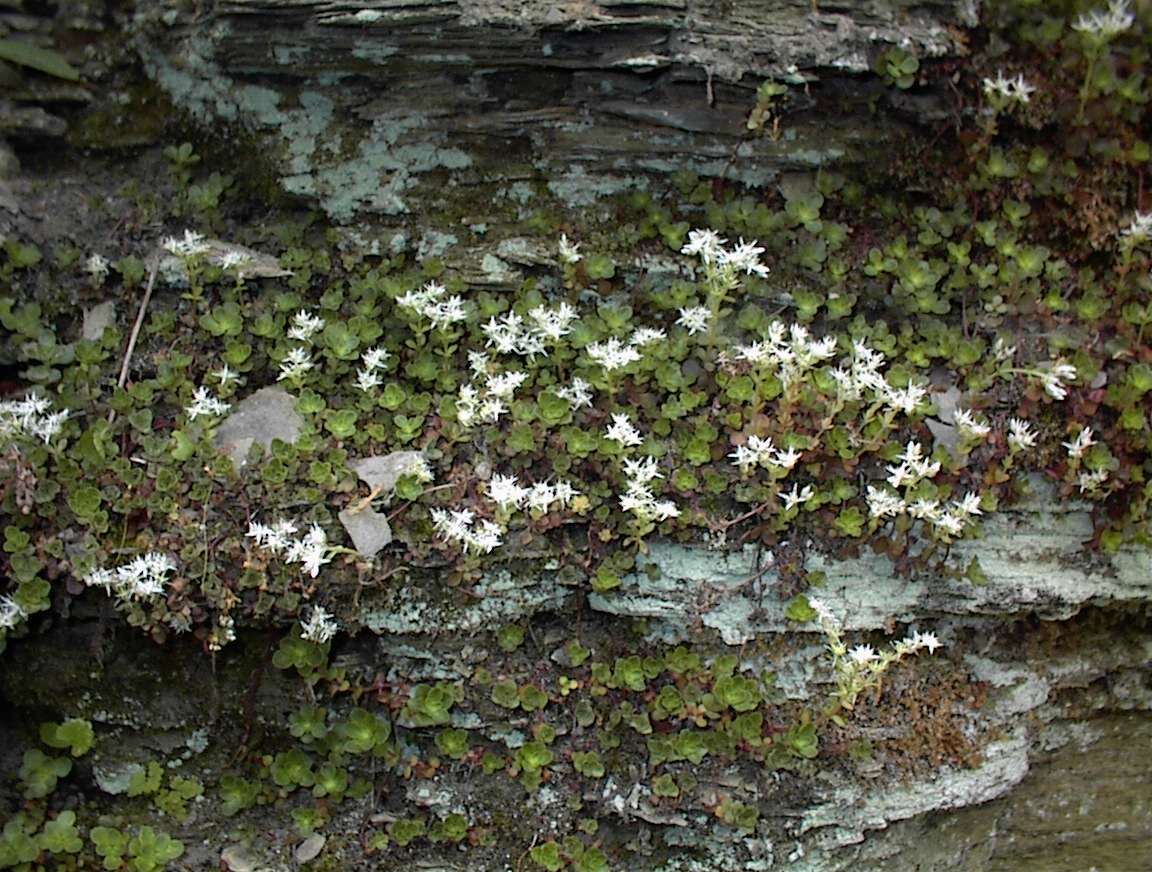
*Sedum
ternatum. Crow’s
foot sedum, stonecrop. A small
sedum for rocky ledges in shade. White star
flowers in May. The grey foliage looks like tiny roses. 4” for between
rocks or
stepping stones. Stems root easily in the fall.
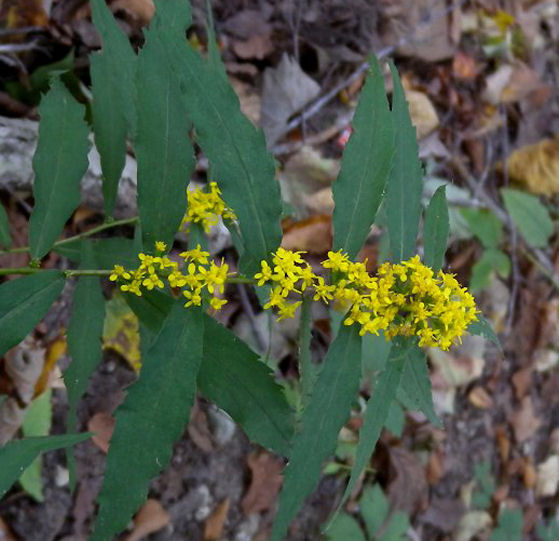
*Solidago
caesius. Blue
stem goldenrod. Yellow flowers light up the
woodland garden in September and October.. Shade to part shade. 18-24”
The
flowers appear along the stem at the leaf axils. Dry to medium soils.
Divide in
spring.
Sternbergia
lutea. Lilies
of the field. Native to Israel, this is the
plant Jesus was talking about when he asked us to consider their
beauty. “Solomon
in all his glory is not arrayed like one of these”. An October blooming
yellow
crocus, 6-8”. Spreads by small bulblets which can be pulled off the
mother
bulb.
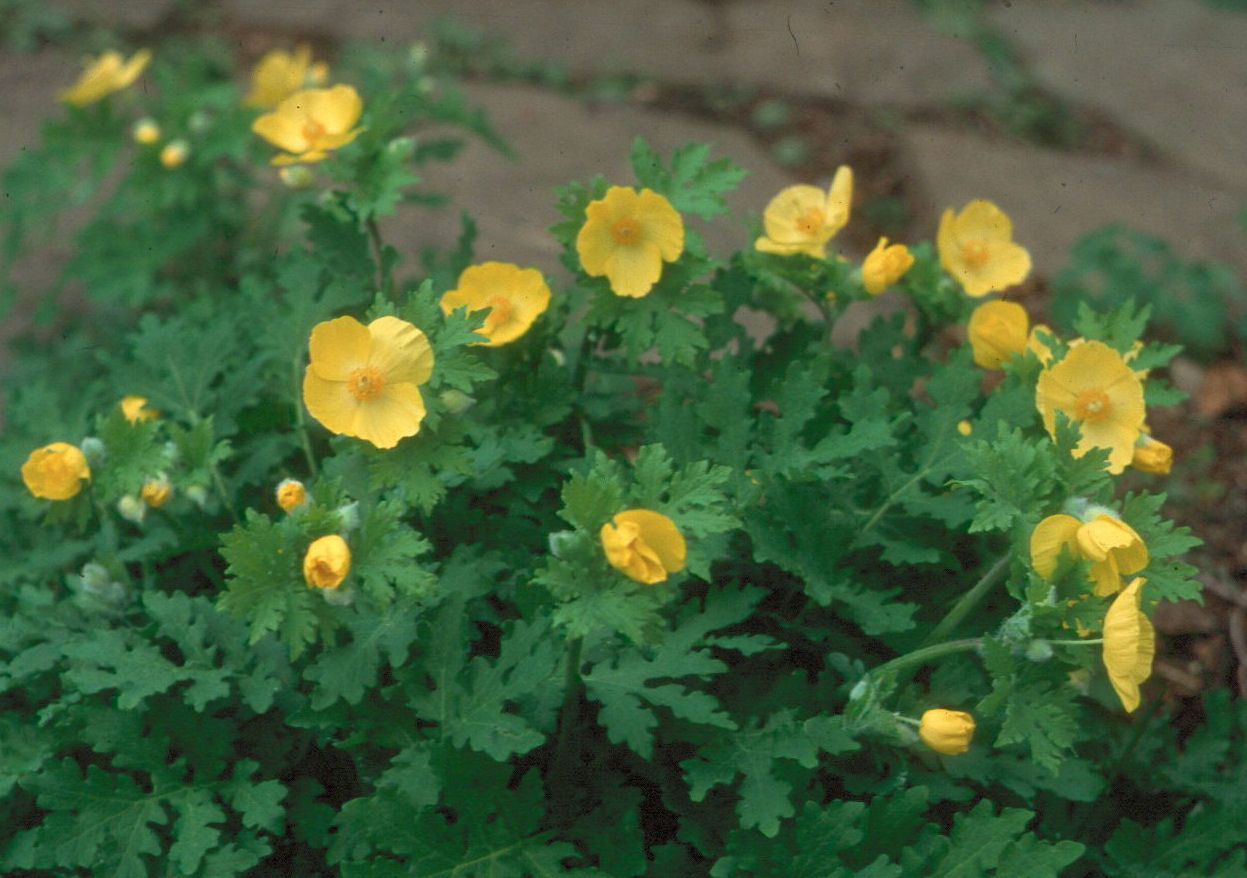
*Stylophorum
diphyllum.
Wood poppy. Bright yellow poppy flowers in April
and May. Deeply cut foliage is attractive all summer. 16-24”. Spreads
by seeds,
which must be sown while fresh. Dig small seedlings in spring.
*Symphyotrichum
oblongifolius ‘October Skies’. Aromatic aster. This short
companion to
cushion mums supplies the one color they lack: blue. 12” when grown in
dry,
sandy soil. Can be cut back
in June if
your soil is so rich that they grow taller. Found on our property here
in Fayette
County and now in gardens all over the world. Stem cuttings will keep
it short
and bushy. Not from seed.
*Symphyotrichum
novae-angliae.
New England Aster. Tall purple, pink
and maroon asters bloom in the fall. Likes moist soils and full sun.
3-4’. From
seeds or stem cuttings in spring.
*Symphyotrichum
lanceolatum (Formerly
Aster simplex). Tall pale pink
or white daisies in September and October. Spreads by underground
stolons. Can
be used to hold eroding banks. For the wild garden or prairie. Sun to
part
shade, 4’.
*Symphyotrichum
cordifolium.
Heartleaf aster. Blue aster flowers on
short plants in October. 18”, sun or part shade, dry soils. Easy as a
ground
cover. Spreads by horizontal stems, which can be separated and rooted
in
spring.
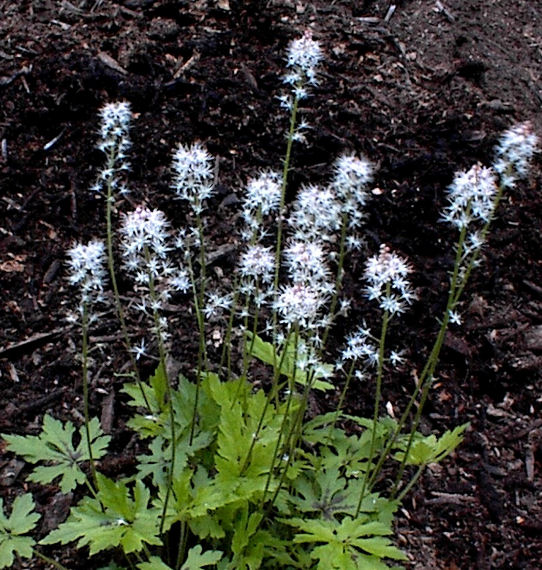
*Tiarella
cordifolia.
Foamflower. Starry spikes of pink and
white in April and May. A good ground cover for dry shade. We also
offer
several hybrids from The Primrose Path: ‘Elizabeth Oliver’, ‘Pink
Brushes’,
and ‘Butterfly
Wings.’ Please see theprimrosepath.com
for more information.
*Trillium
sessile.
Toad trillium. Red flowers sit directly on the
leaves of this small trillium. May, 6-10” Dry shade and leafy cover.
Can be
grown from seed but takes several years.
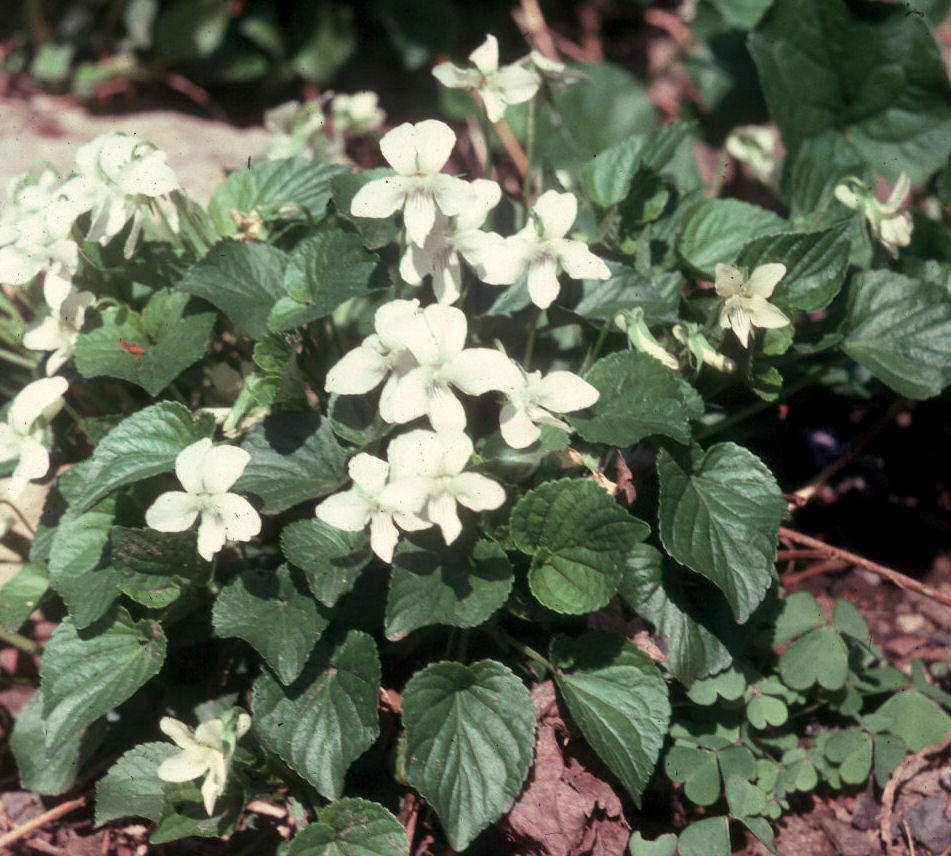
*Viola
striata.
Cream violet. White flowers, not cream, on short,
semi-evergreen plants. 6-9”. Thrives in full sun with adequate
moisture, or in
dry shade. Will seed around. Blooms in April and May.
*Viola
sororia. Confederate
Violet. White flowers with prominent blue veining on the petals. Some
are
spotted but these may not be confederates. A pretty woodland perennial
for
April and May. Leaves and flowers are edible. Seeds and divisions of
the roots.
